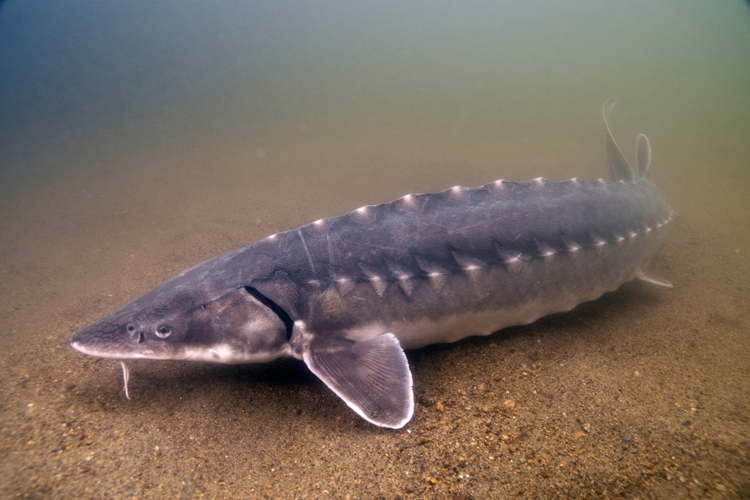Naturally Replenish Soils and Protect Downstream Ecosystems!
For immediate release ‐ July 24, 2019
Contact: Jessica Wackes, 919.707.9850. Images available upon request
By Devyn Barron, NCMNS Summer Intern, Facilitated by Jess Wackes, PR & Marketing Coordinator
Farm to…downstream?
Healthy farms, gardens and forests are key for ensuring everyone has access to nutritious, ample foods. Historically, agricultural methods involved the planting of many native plants mixed on a smaller plot of land, integration of animals to help recycle nutrients, and other natural gathering practices. Across the world, agricultural methods have diverted from these traditional practices and grown to an industrial scale.
In the haste to shift to large-scale agriculture, the natural nutrient cycles and processes on our planet can be overlooked. Rather than multi-crop and no-till farming, thousands of acres of land are now used to plant one crop, tilled annually. Monocropping and overturning soil at large scales depletes the natural balance of soil in around seven years. Plants need nitrogen, which they normally receive through natural soil cycles, for growth. In response, most farms use synthetic nitrogen fertilizers.
The process of eutrophication
The magnitude that these fertilizers are used can result in runoff into streams. Whether it’s from watering crops or rain, this nitrogen travels to ecosystems far from its source. A process called “eutrophication” happens in bodies of water that receive mass amounts of nitrogen. The algae that has a very important role in freshwater ecosystems explodes in population. Algal blooms on water surfaces block light from reaching other plant species while creating “dead zones” as bacteria depletes oxygen. What boosts industrial farm production actually leads to the ecological collapse of freshwater habitats! Blue-green blooms of this sort grow so big they can actually be seen in satellite images from space!
Many freshwater species are severely threatened or endangered because of pollution and habitat degradation and loss. The shortnose sturgeon is one animal on the endangered species list facing extinction because of the destruction of its habitat — one reason being runoff. Along North Carolina’s coast, sturgeon spend most of their time in estuaries, but head to freshwater to lay their eggs.
 Habitat loss is one of the leading reasons for population reduction in aquatic animals like the shortnose sturgeon.
Habitat loss is one of the leading reasons for population reduction in aquatic animals like the shortnose sturgeon.
Compost connections
The collapse of freshwater ecosystems and the endangerment of the shortnose sturgeon is partially due to degradation of their ecosystems. This is where composting organic waste can make a tremendous difference and where you as an individual can make an impact! One of the keys to sustainable agriculture is ensuring that our top layer of soil is rich with organic matter and is left untilled so that microbes and fungi can supply nitrogen to our crops naturally.
Compost from your own home bin or vermicompost will keep your gardens healthy. If all large-scale organic waste was composted rather than sent to a landfill, there would be reduced need for the use of synthetic fertilizers. Nature has beautifully provided food for all forms of life since our ecosystems first evolved, and composting allows us to restore the health of agricultural soils.
For more information about our upcoming activities, conservation news and ground-breaking research, follow @NaturalSciences on Instagram, Twitter and Facebook. Join the conversation with #visitNCMNS.

